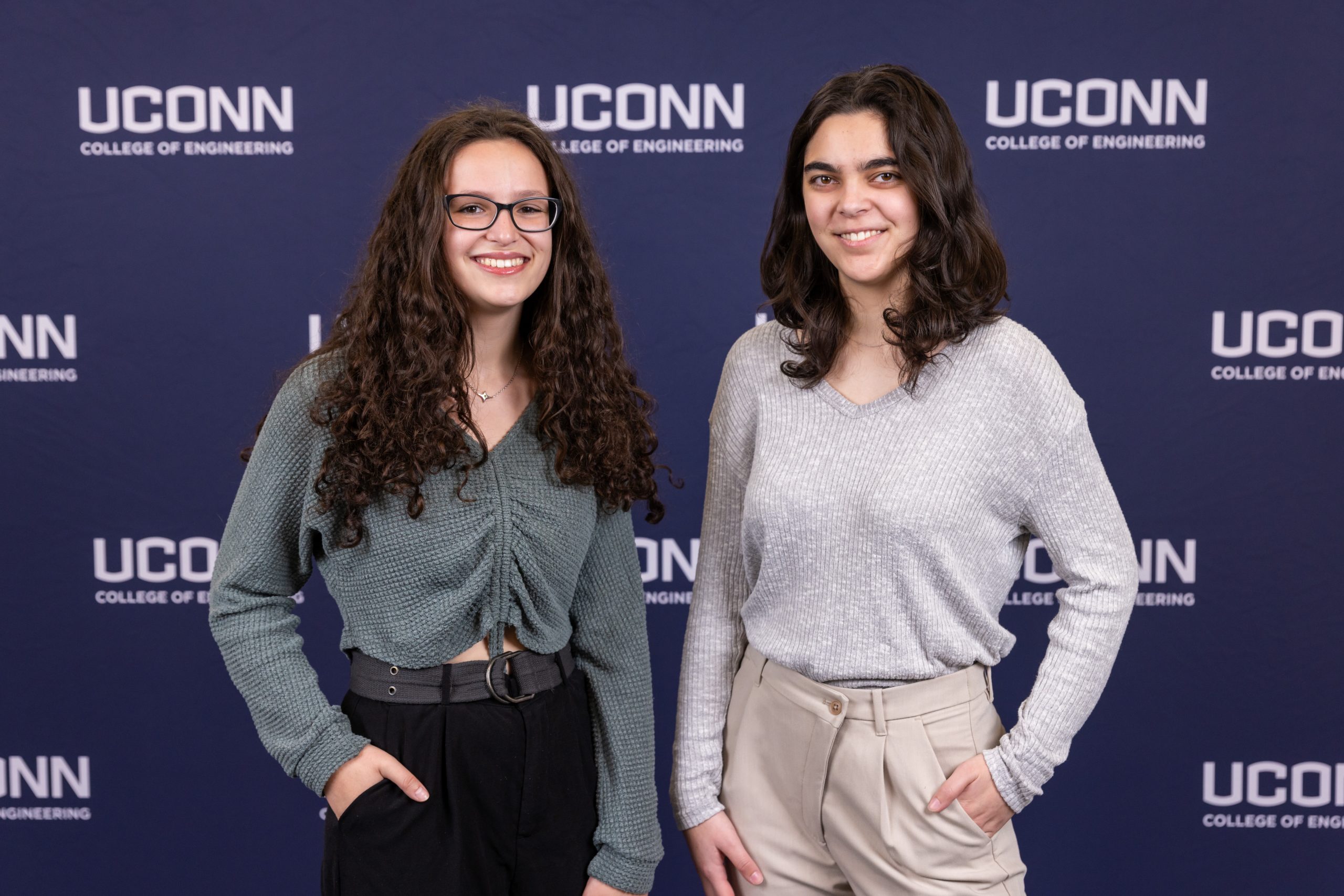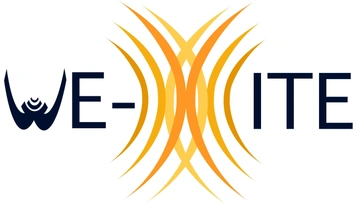
Team 52
Team Members |
Faculty Advisor |
Gabriella Crespo |
Osama Bilal Sponsor Dr. Osama Bilal / UConn Vibrations Lab |
sponsored by

Accessible Platform for Reprogrammable Acoustic Metamaterials
The purpose of this project is to create accessible platforms that are capable of displaying interactions between matter and ultra-low frequency waves. These platforms will hold a metamaterial composed of magnetic disks as unit cells, as well as magnetic boundaries as the unit cell bounds. In addition to being durable and cost-effective, the platforms must reduce frictional force as much as possible to ensure the results provided by them are purely the propagation and attenuation of the waves through the unit cells. Because these platforms are being built in a lab, it is important to ensure they are reproducible in other labs in accessible ways. Thus, the platforms must be constructed using materials and manufacturing methods that are relatively cheap and easily available. This project will produce two different platform designs, with one more similarly modeling current air bearings and one using water rather than air as the working fluid. Our sponsor has a system capable of displaying ultra-low frequency wave interaction with matter by using an air bearing table, as shown in Figure 1; however, the air bearing alone can cost more than $3,000. This system is also reprogrammable, meaning that it can be changed very quickly in time without stopping the experiment. The ability of the system’s metamaterial to interact with ultra-low frequencies introduces many exciting possibilities, such as early warning for seismic, tsunamic, and volcanic activity. While interaction between frequency waves and matter has been studied before, it has never been done in a manner that is monetarily viable for all university labs. In addition, all previous research has been conducted using air to reduce friction. It is difficult to use alternative platforms to the air bearing, especially since the unit cells and boundaries utilize magnetic forces for material self-assembly. However, this is ultimately is a challenge we can overcome.
